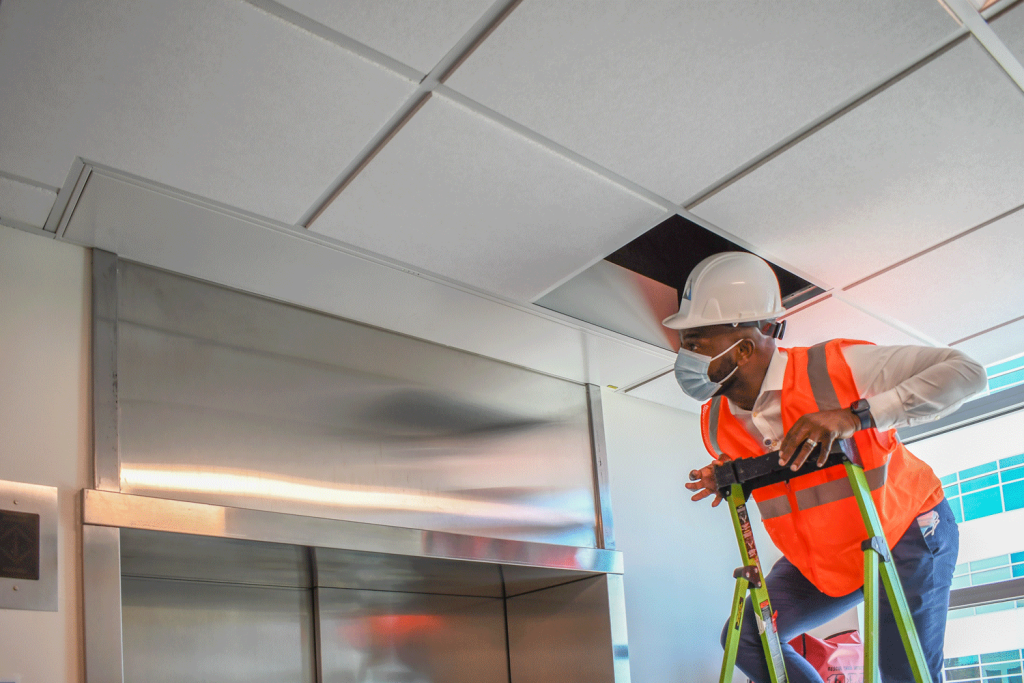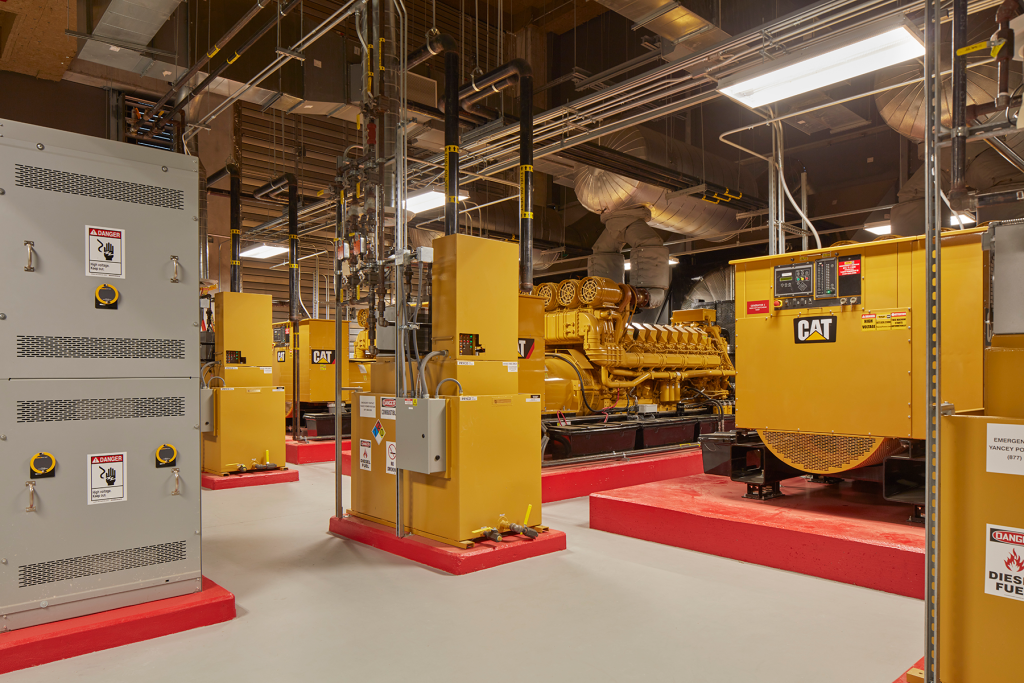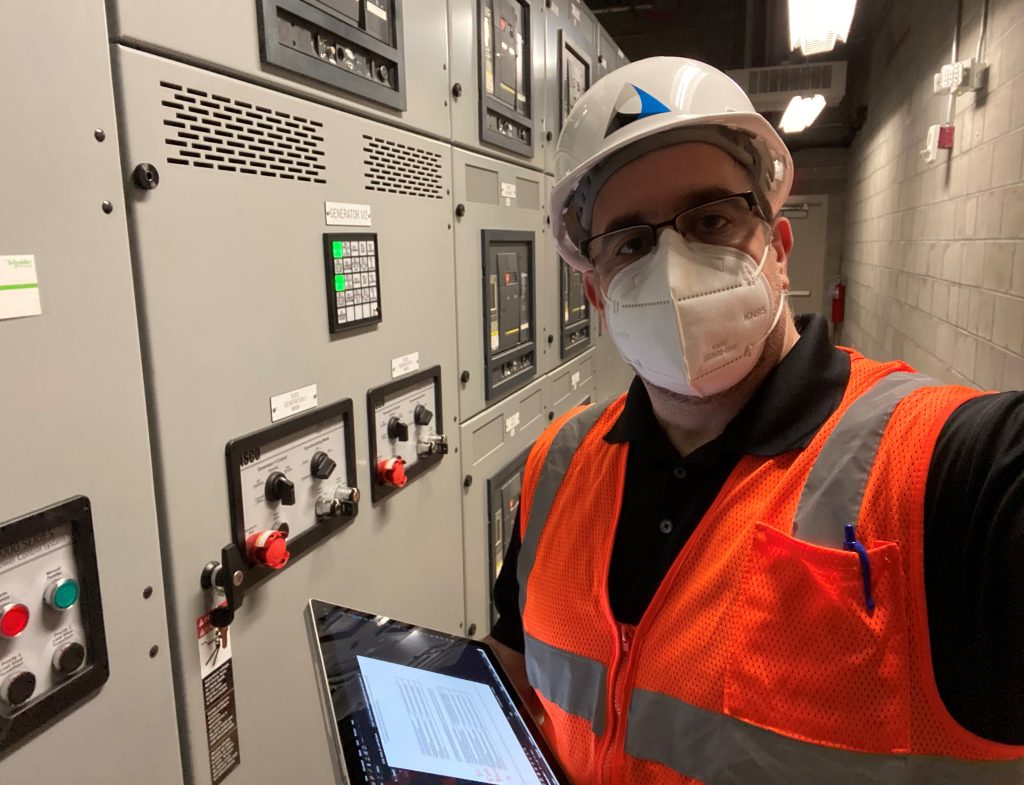By now we are all familiar with what commissioning is – the systematic review and testing of building systems to ensure they are working as intended when the building is turned over to the Owner. Commissioning of all major building systems, not just HVAC, is not only an industry best practice, but also recommended by commissioning guidelines and standards such as ACG, ASHE, NEBS, and ASHRAE. Many building codes are also requiring commissioning of building systems beyond HVAC, such as emergency power systems, life safety systems, building envelope, lighting, and plumbing systems.
What is Integrated Systems Testing?
Simply put, Integrated System Testing (IST) is the testing of all building systems together under multiple building conditions and event possibilities, which usually means testing systems while connected to emergency power and/or in fire alarm or other life-safety event conditions.

After a successful functional testing of the individual building systems (HVAC, lighting, hot water, fire alarm, elevators, emergency generators, transfer switches, etc.), which are typically performed while the building is connected to utility, power, then integration of whole systems should be performed, with those systems operated under emergency power conditions. This IST process focuses on the interoperability of all of these components working together to comprise the entire emergency power system.
Real World Example
The best way to understand integrated systems testing is to look at the steps that are typically performed. The example below outlines this process for a recent large hospital addition project:
Step 1: We begin the integrated system test by performing a “black site test” simulating a building wide power loss by opening the main service breakers for the building.

Step 2: After verifying that the emergency generators have started and all transfer switches have transferred (remember, the entire emergency power system has already been commissioned at this point), we then walk the building and review the systems to make sure that all of the systems that are supposed to be operating on emergency power are actually operating.
Step 3: Now on emergency power, we test the building HVAC systems, building control systems, life safety systems, and other building systems deemed essential, to ensure they are functional in emergency power mode. Typically we will include the following systems as part of the integrated system testing:
- HVAC and building control systems
- Fire alarm systems, including testing HVAC shut down while on emergency power
- Smoke control systems
- Elevator tests
- Emergency lighting
- Emergency communication systems
- Medical Gas systems
- Nurse call systems
- Fire pump/life safety systems tests.
Step 4: Once the testing on emergency power is complete, we restore main power to the building. Once we have confirmed all transfer switches have switched back to the normal position, we perform a spot re-check of the system to make sure they are still operating properly after the re-transfer to normal power.
IST is typically performed at the very final phases of the project and takes a great deal of planning coordination, cooperation, and manpower with the Owner’s operations team, the contractor, and subcontractor teams.
Why Do We Perform IST?
Through our experience, we have found that most unexpected problems occur during either the transfer to emergency power or the re-transfer back to normal power switching from one energized source to another practically instantaneously.
If these systems can perform as expected after being transferred to the emergency power system, and back again, then the Owner can feel confident they will operate as expected during an actual emergency event.

“When we perform integrated systems testing, we are trying to get the systems to “fail” while testing in multiple disaster modes, to be sure the systems won’t fail during actual operations”.
-Mark Gelfo, Managing Principal

